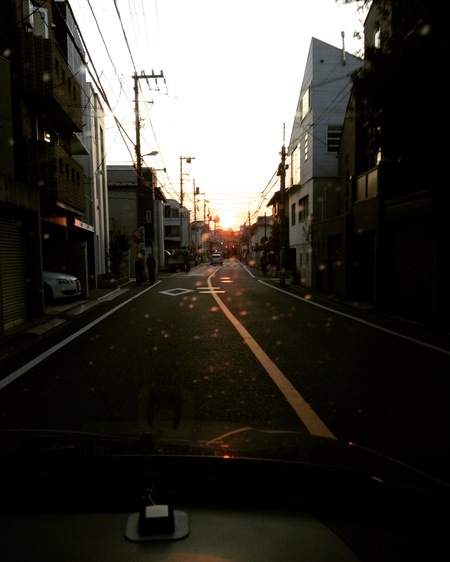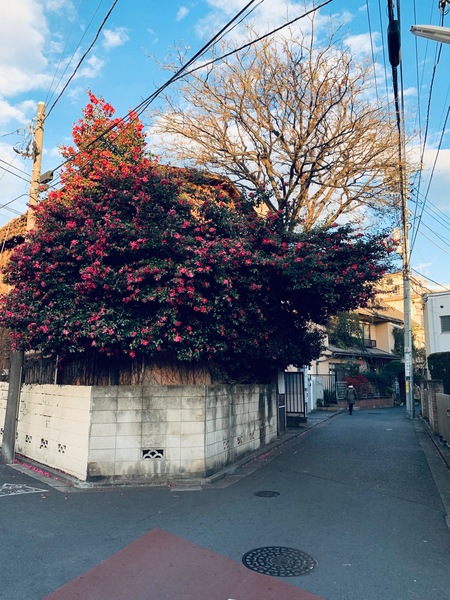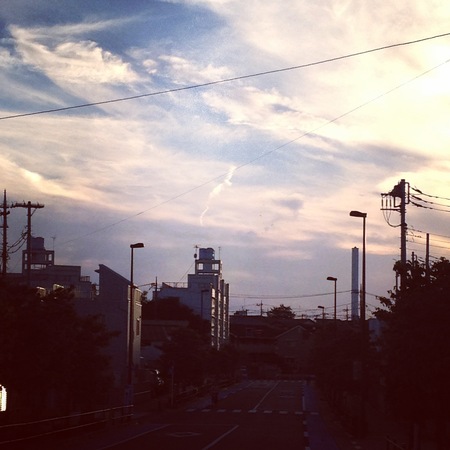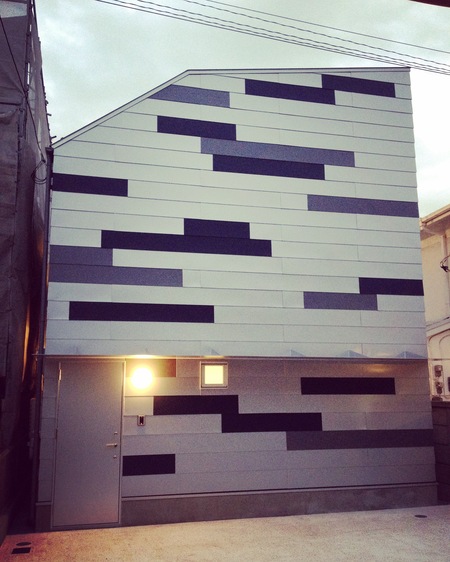今、集合住宅の計画を考えている。
接点の無い異なるアクティビティーを発生させることで、オープンなパーソナルスペースができないか、とずっと考えている。
岡倉天心は「茶の本」の中で「虚」を説いた。「虚」とは、何もない、からっぽの状態、そこに何かを入れる、起こすことでアクティビティーが発生する。
このからっぽの状態を不完全性と説いていた。
不完全であるからアクティビティーが発生する。
そして、茶室は「虚」であると、茶会の度にしつらえをする。からっぽであり、不完全だから、しつらえをすることができると。
ならば、不完全性をまとった集合住宅を計画できれば、アクティビティーを発生させることができることになる。異なるアクティビティーになるかどうかは不完全性のつくられ次第か。
茶室の不完全性は、茶道という完全な形式があってこと浮き彫りになるのではないか。茶道という完全な形式を茶会で実現するために、その時々で対応できるよいに、からっぽの茶室が必要なのだろう。
集合住宅も完全な形式が存在していると言ってもよいだろう。ならば、集合住宅という完全な形式の中から不完全性を生み出せばよい。
集合住宅という完全な形式がまずあって、それに不完全性をまとわせるから、人は完全な形式と比較して不完全だと思い、アクティビティーを生み出すのではないか。
そうであるならば、集合住宅という完全な塊がまずあって、それを不完全にしていく、戸数は減らさずに、規模は変えずに。
集合住宅という見慣れた完全な形式があり、敷地の文脈/コンテクストとは関係無しに、法的規制に準拠した最大ボリュームから考えたものをつくり、そこから敷地の文脈/コンテクストに合わせて、不完全なものに仕立てていく、崩していく。
人は見慣れているものが少し崩れている位が、全く痕跡なく崩れているより、不完全性を感じるのではないか。
集合住宅という完全な塊があり、それを敷地のコンテクストに沿って不完全にしていく、規模は変えずに。その時に敷地のコンテクストを都合よく使えば良い。
普通は逆で、敷地のコンテクストから集合住宅の計画が決まるが、集合住宅の規模から考えれば、敷地のコンテクストが直接形を決めることになる。その逆な加減が余計にアンバランスさ、不完全性を生むかもしれない。
前提条件は、規模を変えない、最大規模、それを敷地のコンテクストに沿って不完全にしていくのだから、どこでも可能で、かつ、敷地によって不完全さが違ってくる。それは敷地ごとで違うアクティビティーを誘発、発生させることになるし、それは敷地の文脈/コンテクストをきちんと生かした計画にもなる。
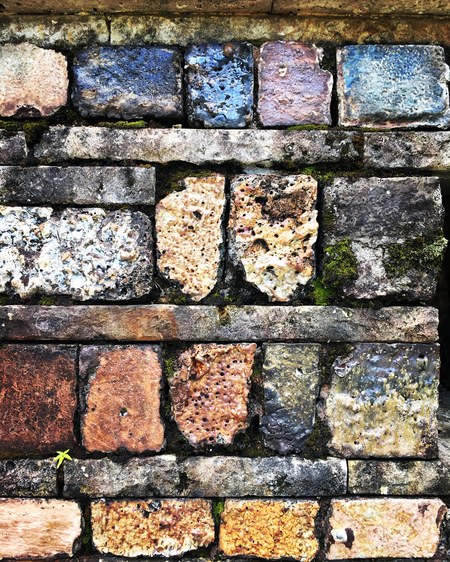
"Creating imperfections"
I am thinking about the plan of multi-family housing now.
By thinking about generating different activities without contact points, I think that I can not open an open personal space.
Okakura Tenshin preached "imaginary" in "tea book". "Imaginary" means nothing, an empty state, putting something there, causing an activity.
He was preaching this empty state as imperfection.
Activity occurs because it is incomplete.
And, tea room is "imaginary", it makes a tea ceremony every time tea ceremony. It's empty and incomplete so you can make it.
Then, if you can plan an apartment complex with incompleteness, you will be able to generate activities. Whether or not it will be different activities depends on imperfections.
Is not the imperfection of the tea room highlight that there is a complete form of tea ceremony? In order to realize the complete form of tea ceremony in a tea ceremony, it would be necessary to have an empty tea room to be able to respond from time to time.
It can be said that apartment houses also have a complete form. Then, you can create imperfections from the complete form of collective housing.
Since there is a complete form called apartment house and put together imperfections in it, we think that people are incomplete compared to the complete form and create activities.
If so, there is a complete chunk of collective housing, making it imperfect, do not change the size without reducing the number of houses.
There is a complete format that is familiar to apartment houses, regardless of the context / context of the premises, making what they thought from the maximum volume conforming to the legal regulation, from there based on the context / context of the site incomplete Tailor it to something, it will collapse.
People seem to feel imperfections rather than being crumbled at all with the trace that the familiar things are a little collapsed.
There is a complete chunk of collective housing, making it incomplete along the context of the site, without changing the scale. You can conveniently use the context of the site at that time.
Normally it is the opposite, the plan of the apartment house is decided from the context of the premises, but from the scale of the apartment building, the context of the site will decide the form directly. The opposite adjustment may unbalance extra, may cause incompleteness.
The prerequisite is that it does not change its scale, it is the largest scale, it makes it incomplete along the context of the premises, so it is possible anywhere and incompleteness differs depending on the premises. It will trigger and generate different activities for each site, which will also be a plan to make the best use of the context / context of the site.

